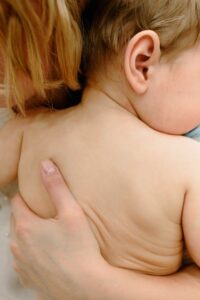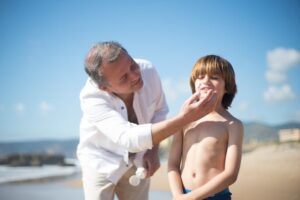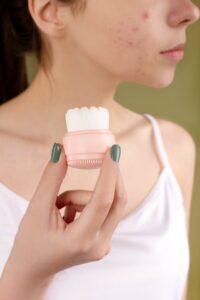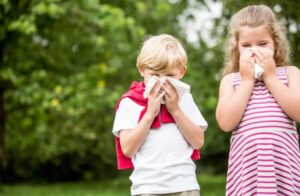Real story:
My child seems to have the kind of blood mosquitoes can’t resist. Every summer, mosquito nets, sprays, and wristbands are essentials in our home. Just the other day, she played outside for only 30 minutes and came back with five itchy bites on her legs. She couldn’t stop scratching and had trouble sleeping that night.
For many parents, mosquito bites are one of the most frustrating parts of summer. They don’t just cause itching and discomfort — scratching can lead to skin infections, and in some regions, mosquito bites can even transmit viruses like West Nile or Japanese encephalitis.
So how can parents effectively prevent mosquito bites and treat them when they happen? Here's what the experts recommend to help your child stay bite-free and comfortable this summer.
1. Start with Physical Protection
The safest and most effective way to prevent mosquito bites in children is through physical barriers.
Dress your child in light-colored, long-sleeved shirts and long pants, especially during early morning and evening hours when mosquitoes are most active.
Use mosquito nets for sleeping, and make sure windows and doors are screened to keep bugs out.
Don’t forget to eliminate standing water around your home (like in flowerpot trays or buckets). Mosquitoes lay eggs in still water, and removing these breeding grounds makes a big difference.
When spending time outdoors, avoid damp or grassy areas and stick to open, breezy spaces.
2. Are Mosquito Repellents Safe for Kids?
Yes — as long as you choose the right ones and use them correctly. Here are some common repellent ingredients and age guidelines:
| Active Ingredient | Age Recommendation | Notes |
|---|---|---|
| DEET | 2 months and up | Use products with 10–30% DEET; don’t overapply |
| Picaridin | 2 months and up | Odorless and less greasy than DEET |
| IR3535 | 2 months and up | Gentle for sensitive skin |
| Oil of Lemon Eucalyptus | 3 years and up | Plant-based but not for young children |
Tips for use:
Apply only to exposed skin and avoid eyes, hands, mouth, or broken skin.
Don’t spray directly on the face — instead, spray on your hands and gently apply.
Wash off repellent after returning indoors.
Avoid using “2-in-1” sunscreen + repellent products — they may reduce the effectiveness of both.
3. My Child Got Bitten — What Should I Do?
Even with the best prevention, some bites are inevitable. Here’s how to handle them gently and effectively.
Step 1: Clean and cool
Wash the bite with soap and water to prevent infection.
Apply a cold compress or ice pack for 10 minutes to reduce swelling and itching.
Step 2: Stop the scratching
Keep your child’s nails short and clean.
Try distracting them with a toy or activity.
Teach them to gently tap the area instead of scratching.
Step 3: Treat the itch
For mild redness and swelling, apply calamine lotion or 1% hydrocortisone cream.
If the bite becomes hard, warm, or swollen, a mild steroid cream may be needed — use only as directed by a doctor.
For severe reactions (like big blisters, intense itching, or trouble sleeping), a pediatrician might recommend oral antihistamines (like loratadine or cetirizine).
If the bite gets infected (with pus or yellow crust), or your child develops fever or other symptoms, see a doctor right away.
4. Don’t Forget About Mosquito-Borne Illnesses
In some parts of the world, mosquitoes can carry viruses like Japanese encephalitis or West Nile virus. Make sure your child is up-to-date on recommended vaccines, such as the Japanese encephalitis vaccine, especially if you live in or are traveling to high-risk areas.
Quick Reminders for Parents
Always follow the directions on repellent and medication labels.
If your child has signs of a serious reaction — like full-body rash, facial swelling, or difficulty breathing — seek emergency care.
Keep a basic mosquito care kit at home with repellent, calamine lotion, antihistamines, and cold packs for quick relief.













